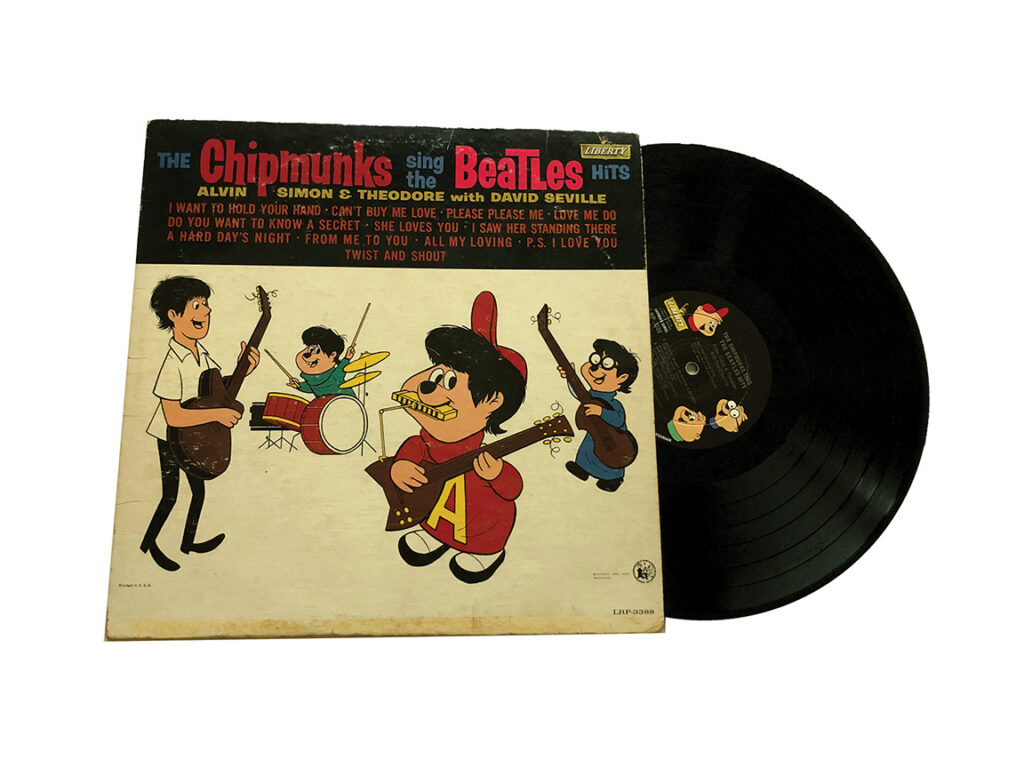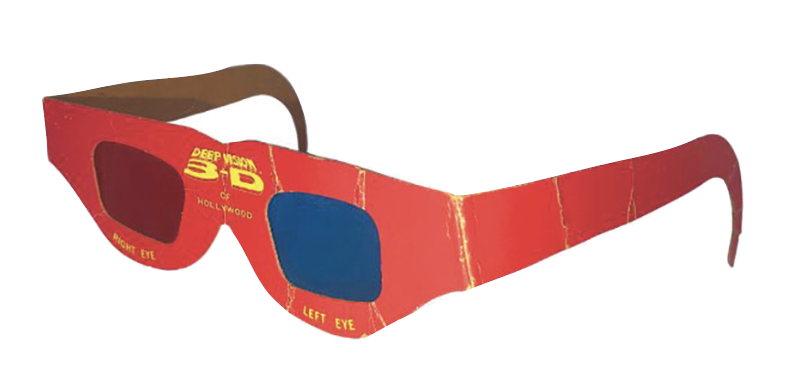
Dorri Partain
Contributor
If a chipmunk could sing, what would it sound like?
Under the stage name of David Seville, Ross Bagdasarian (1919-1972) recorded a hit song titled “Witch Doctor” in 1958. The recording used a combination of his actual voice and an accelerated version he had developed by changing speeds on a tape recorder. The novelty song charted as a #1 Billboard single, selling 1.5 million copies and named as Billboard’s #4 song of the year.
The concept of a trio of singing chipmunks took hold after a trip to a forest where the cute rodents were scurrying about; while Bagdarasian had considered a complete menagerie of singing animals, the executives at Liberty Records preferred chipmunks, noting the popularity of Disney’s chipmunk duo, Chip & Dale.
In response, Bagdarasian named his chipmunks Alvin, Simon, and Theodore in their honor and set about creating his first recording as David Seville and the Chipmunks. “The Chipmunk Song (Christmas Don’t be Late)” was slated as the final recording for Liberty Records, which was facing bankruptcy, when the song sold 4.5 million copies and earned three Grammy Awards.
The first album, “Let’s All Sing With The Chipmunks,” was released in 1959, and included the hits “The Chipmunk Song” and “Witch Doctor.” The cover featured more realistic chipmunks, as the cartoon characters were not developed until “The Alvin Show” debuted on the CBS network in October 1961.
The Chipmunks’ eighth album, “The Chipmunks Sing The Beatles Hits,” debuted in 1964, following the success of the British rock band comprised of members John Lennon, George Harrison, Paul McCartney and Ringo Starr. Reportedly, Bagdarasian had met The Beatles during a visit to London and had their approval to produce the record.
Following his death in 1972, the Chipmunks’ career came to an halt, as Bagdarasian had provided most of the voices for the recordings and cartoons. His son Ross Jr. revived the Chipmunks with the release of “Chipmunk Punk” in 1979.


















